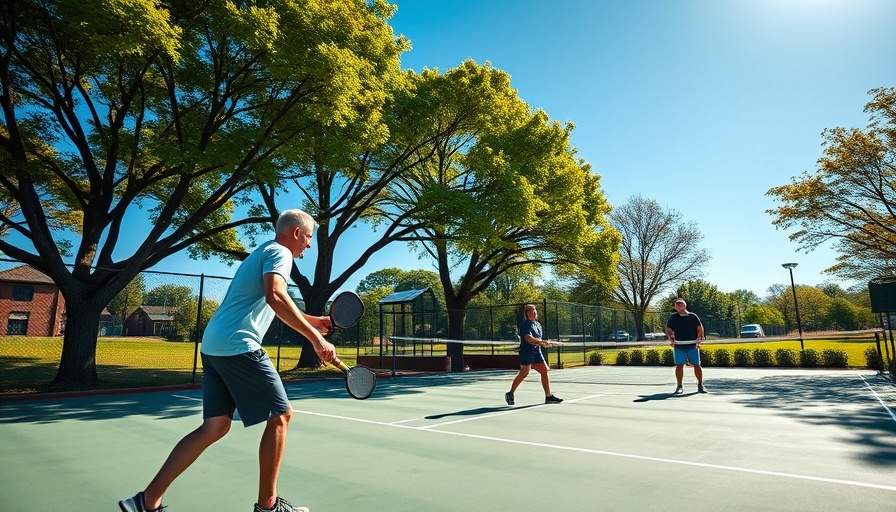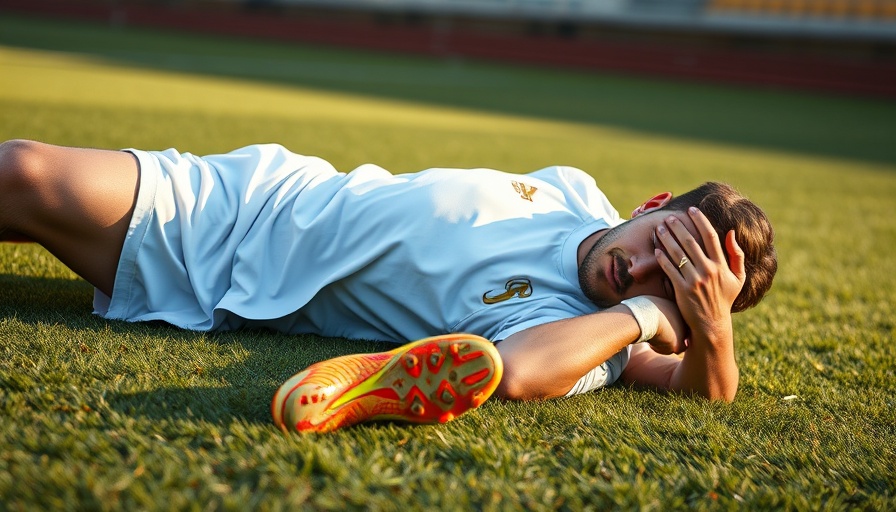
Understanding Pickleball: A Growing Sport
Pickleball has gained immense popularity over the past few years, attracting individuals of all ages who are looking for an engaging sport that combines elements of tennis, badminton, and ping-pong. Its appeal lies in the relatively simple setup, the social aspect of playing doubles, and the modest physical demands compared to other racquet sports. However, with this rising interest, players must be aware of the common injuries associated with the game and how to prevent them.
Common Injuries: What to Watch For
While pickleball is accessible to many, it does not come without risks. According to sports health professionals, some of the most common injuries include:
- Shoulder Injuries: As players serve and volley, repetitive overhead motions can lead to strains or rotator cuff injuries.
- Wrist Instability: The quick wrist motions required in pickleball can cause sprains and stress injuries, especially among those who may not have played a racquet sport before.
- Achilles Tendonitis: The quick lateral movements can put significant strain on the Achilles tendon, leading to pain and inflammation.
- Knee Injuries: Pivoting and sudden stops can impact the knees, resulting in sprains or aggravating existing conditions.
How to Prevent Pickleball Injuries
Injuries can often be prevented with the right strategies and awareness. Here are valuable tips for pickleball players:
- Warm-Up Correctly: Always spend 10-15 minutes warming up your muscles before playing. This can include light jogging, dynamic stretches, and practicing swings to prepare your body for the activity.
- Use Proper Equipment: Ensure your paddle and footwear provide the needed support. Proper shoes designed for court sports can significantly reduce the risk of slips and falls.
- Stay Hydrated: Keeping hydrated ensures optimal muscle function and can help prevent cramps and fatigue during play.
- Practice Good Form: Focus on maintaining proper technique. This includes how you hit the ball and your posture while moving, which can protect against overexertion injuries.
- Listen to Your Body: If you begin to feel pain or discomfort, take a break. Ignoring these signals can lead to more severe injuries.
The Relevance of Cross-Training
Incorporating cross-training into your routine can greatly enhance your pickleball performance and minimize injury risks. Activities like swimming or cycling can improve cardiovascular health without putting excessive strain on the joints. Strength training focusing on key muscle groups used in pickleball—such as the shoulders, legs, and core—helps build endurance and stability.
Recovery After a Game: Essential Techniques
While prevention is key, recovery is equally important for any athlete. After a game of pickleball, consider the following recovery methods:
- Stretching: After the game, cool down with static stretches focusing on the major muscle groups. This helps increase flexibility and reduces muscle soreness.
- Foam Rolling: Using a foam roller can release tension in sore muscles, improving circulation and speeding up recovery.
- Ice Therapy: If you experience inflammation from a game, for instance, applying ice can reduce swelling and manage pain.
Conclusion: Stay Safe and Enjoy Playing
Engaging in pickleball provides not just physical benefits but also enhances social interactions and mental well-being. By understanding common injuries and practicing preventative measures, players can enjoy the sport safely. Make an effort to maintain good practices and educate yourself continuously about injury management. With these strategies in place, the joy of pickleball can be experienced without the frustrations of injury.
 Add Row
Add Row  Add
Add 






Write A Comment